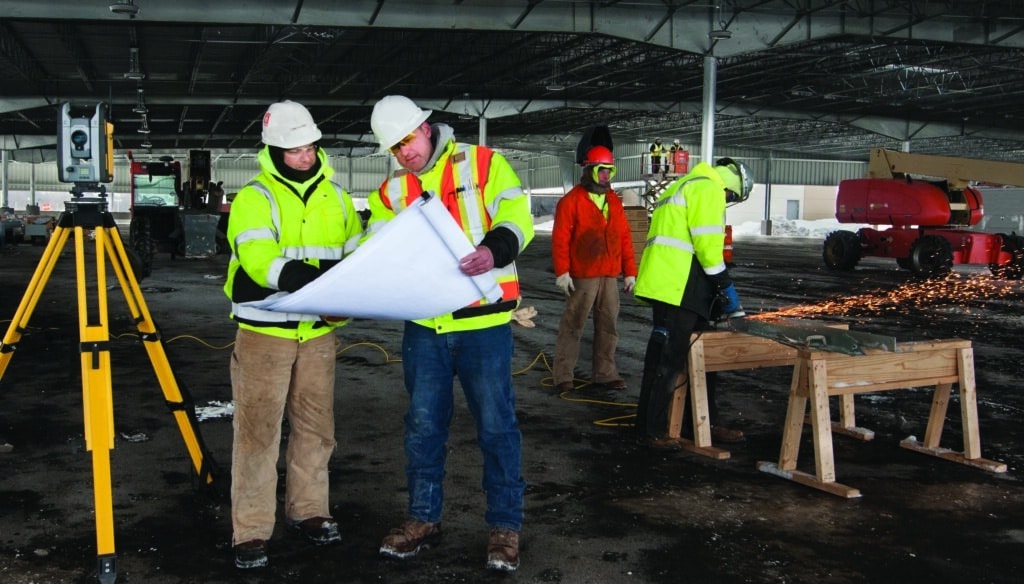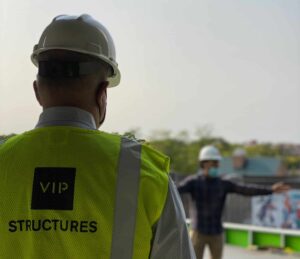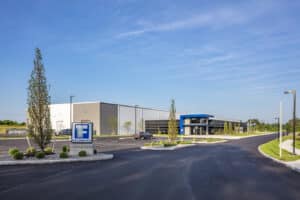Construction projects span from foundations to footings for buildings and equipment. Major projects can include everything from large scale buildings, to scale pads, to sidewalks, to curbs. Other projects could be as straightforward as creating concrete settings for generator equipment that sits next to production facilities. No matter what the project is, they all share a common trait: construction projects are time-intensive.

In a labor-intensive job setting like construction and concrete, new technologies offer several welcomed advantages. Some of the best construction firms benefit from these new technologies, which are integrated into the day-to-day work. Here are 3 examples of new technologies that positively impact concrete and construction building projects:
Total Station
There are a few different brands of this type of technology on the market, one of which is the Trimble Robotic Total Station. Trimble is a total station brand with a large variety of systems. This equipment helps construction teams do the job more efficiently by laying out buildings and setting buildings with concrete.
The total station process for foundations and footings in construction starts by using a CAD program. This allows the construction team to program its CAD building or equipment into the total station unit. The team then takes the total station to the job site. Anchor bolts are created to hold it in place within fractions of an inch. The total station uses a data collector which is carried by a team member. The data collector relays the information back to the unit. Therefore, when the team member travels to several different points or markings on the job site, it automatically synchs and programs measurements.
This total station provides clients with more efficiency. The technology creates less error and more accuracy by eliminating the need for batter boards with string lines. With batter boards and string lines, the points were often disturbed which created issues and errors. These errors were caused by the natural environment (wind) or human error (the team moving the lines.) With the total station you know where everything is. So if you need to go back at a later date and change, connect, or repair something, we know exactly where to focus.
GPS Technology
GPS units allow construction teams to speed up the building process using satellite coordination. These GPS units can plot points and locations, and provide direction to equipment. These are ideal for moving around the job site and the GPS units can collect a lot of data. GPS units can grade check, do asbuilts, and measure volumes. GPS technologies offer construction teams convenience and flexibility of collecting critical data for the build while on the job site.
Drone Technology
Several construction companies are using or looking into drone technology for job sites. These drone units allow for builders to create topographies of job sites. The unit is set up with GPS and cameras so the user can fly the drone over the site to collect the necessary information. The data is then relayed into the programming which provides elevations and a topography report.
Having drone technology saves construction companies time and money by avoiding manual walk-throughs of the job site. These manual walk-throughs were used to create shots or pictures every 30 to 40 feet to capture elevation and location. Drones take a very manual labor-intensive project and make it faster.
Although the upfront cost of a drone is expensive, over time, construction companies earn the money back through time savings. Drones also create other ancillary benefits including the ability to show clients progress, on-site job monitoring, and improving the safety of a construction site by identifying potential issues.



